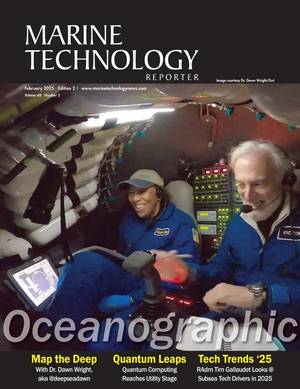
Anthropocene Markers
the globe after the first nuclear weapons tests was considered the leading geological marker for a new geological epoch, the Anthropocene, the time when human impact on the earth became profound.Geologists have been able to measure a distinctive spike in the concentration of plutonium in ocean sediments from the US tests in the Marshall Islands in the 1940s and 1950s.Plutonium is anthropogenic - it doesn't exist on its own in nature.Plutonium isotopes can remain in ocean sediments for thousands of years due to their long half-lives, and this week, researchers from Edith Cowan University (ECU)

Plutonium Levels in Sediments Remain Elevated 70 Years After Nuclear Tests
Researchers from Edith Cowan University (ECU) in Australia have confirmed plutonium levels in sediment up to 4,500 times greater than the Western Australian coastline.Three plutonium-based nuclear weapons tests were conducted at the Montebello Islands in the 1950's, which introduced radioactive contamination to the surrounding environment. The first nuclear test, coded Operation Hurricane, had a weapon's yield of some 25kT, and formed a crater in the seabed, while the second and third tests, dubbed Operation Mosaic G1 and G2, had weapons yields of around 15kT and 60kT, respectively.The three
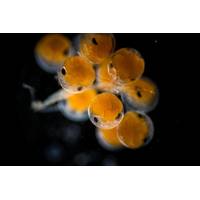
The Biggest Conservation Commitment in the World
, the European Commission committed €40 million ($45 million) to support partner countries in their efforts to preserve and sustainably manage marine biodiversity areas and swiftly ratify the High Seas Biodiversity Treaty.Also this week, researchers from GEOMAR called for areas with fine-grained sediments, which play a crucial role in CO2 storage in the Baltic Sea, to urgently be placed under protection
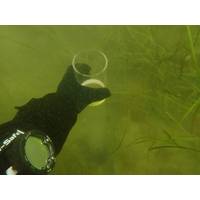
Trawling-Induced Sediment Resuspension Reduces CO2 Uptake
When bottom trawls are dragged across the seafloor, they stir up sediments. This not only releases previously stored organic carbon, but also intensifies the oxidation of pyrite, a mineral present in marine sediments, leading to additional emissions of carbon dioxide (CO2).These are the findings of a new study conducted by the GEOMAR Helmholtz Centre for Ocean Research Kiel. Based on sediment samples from Kiel Bight in the Baltic Sea, the researchers investigated the geochemical consequences of sediment resuspension.Their conclusion: areas with fine-grained sediments, which play a crucial role in CO2
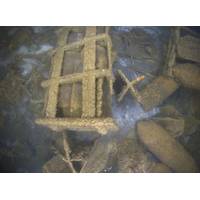
Unexploded Ordnance Could Contaminate Baltic Sea for 800 Years
differences in contamination levels were observed: particularly high concentrations of TNT were measured in the Bay of Kiel, while RDX and DNB were more prevalent in the Bay of Lübeck. Most munitions-related chemicals were found in dissolved form rather than bound to suspended particles or sediments.The study emphasises that chemical contamination from legacy munitions is an international problem. The researchers recommend that dumped ordnance be classified as “historical contaminants of emerging concern” and addressing them through targeted remediation efforts.Beck says: &ldquo
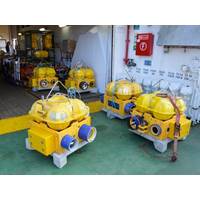
Longest-Runout Undersea Sediment Flows Analyzed in Unprecedented Detail
show that the dense front of these canyon-flushing turbidity currents is not a single continuous flow, but consists of many pulses, each lasting between five and 30 minutes. The fastest pulses occur up to 20 kilometres behind the front. These surges eventually overtake the leading edge, suppling sediments and the momentum needed to sustain the flow over long distances.This finding challenges previous assumptions that the highest velocities occur at the flow front. Instead, the new data suggest that turbulent mixing with seawater or other retarding forces significantly influence the behaviour of

Chinese Rover said to Find Evidence of Martian Ocean, Beaches
on the surface,” said Hai Liu, a planetary scientist with Guangzhou University and a member of the Tianwen-1 mission team.On Earth, similar beach formations take millions of years to develop, suggesting that Mars once hosted a long-lived, dynamic ocean with wave and tidal action distributing sediments from adjacent highlands. “These beaches likely formed through processes similar to those on Earth—waves and tides that profoundly influenced the climate and landscape, and which may have created environments ripe for life,” Liu explained.Michael Manga, a planetary scientist at
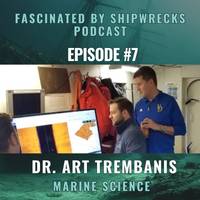
PODCAST - Underwater Robotics: Giving Marine Scientists Superpowers
out with an AUV. It’s going out with drones, aerial drones, autonomous surface vessels, AUVs, ROVs, recognizing that each of those platforms has different strengths and limitations and each can be used in a different way.”About Art TrembanisArthur Trembanis is the director of the Coastal Sediments, Hydrodynamics and Engineering Laboratory (CSHEL) in the College of Earth, Ocean, and Environment at the University of Delaware. The work of CSHEL involves the development and utilization of advanced oceanographic instrumentation, particularly autonomous underwater vehicles for seafloor mapping
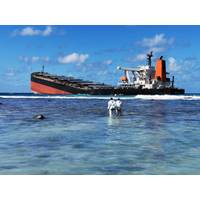
VLSFO Oil Spill Remnants Haunt Mauritius Mangroves Three Years Later
an environmentally sensitive mangrove forest close to Ramsar conservation sites.Lead researcher Dr. Alan Scarlett, from Curtin’s WA Organic and Isotope Geochemistry Center in the School of Earth and Planetary Sciences, said the chemical ‘fingerprint’ of the oil found in the mangrove sediments was a near-perfect match for the Very Low Sulphur Fuel Oil (VLSFO) spilled by the Wakashio in 2020, the first recorded spill involving this type of fuel.“Local communities in Mauritius have been aware of oil contamination in the mangrove wetlands since the Wakashio spill, but no official
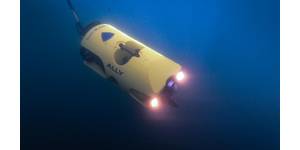
 February 2025
February 2025
